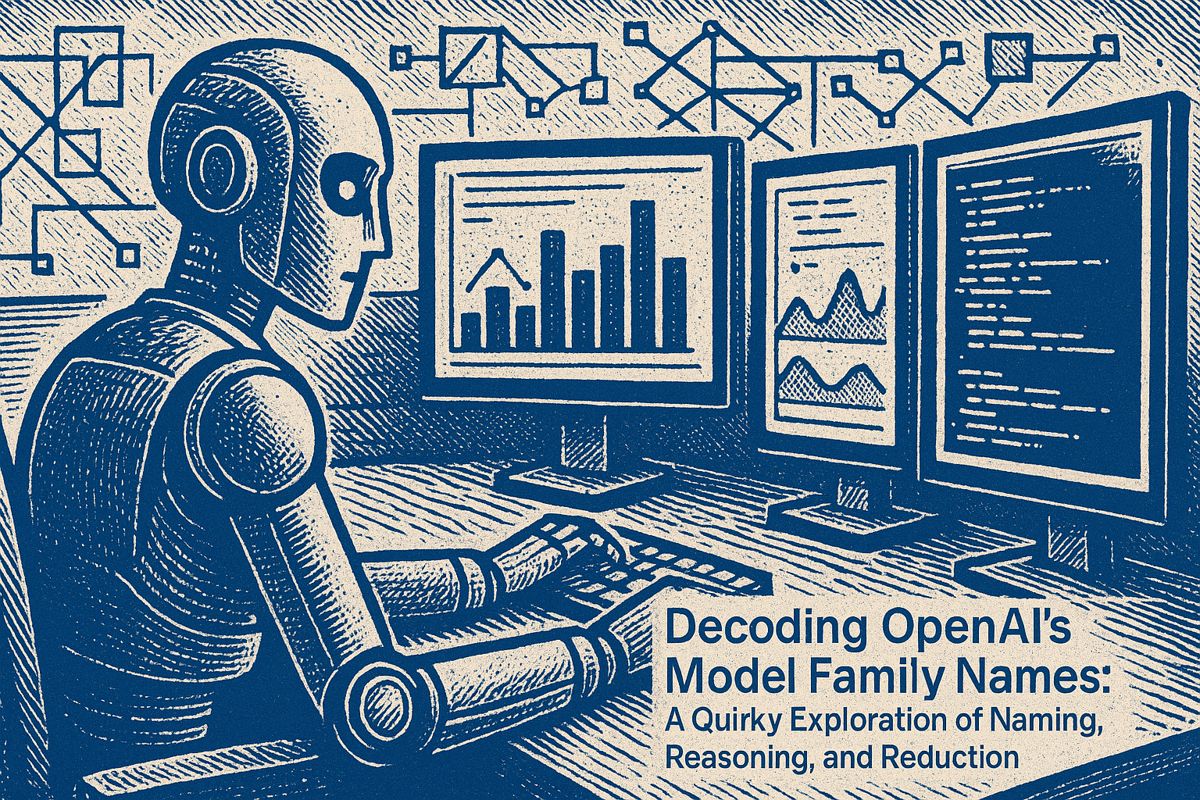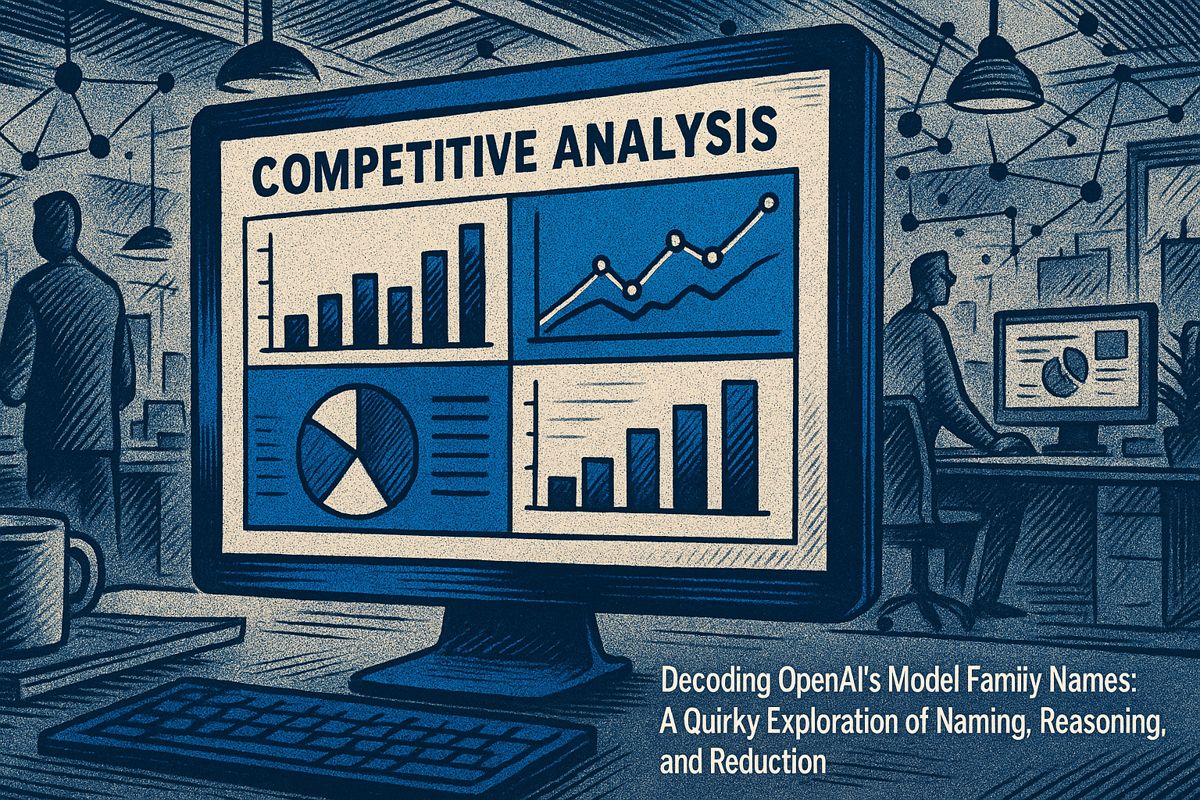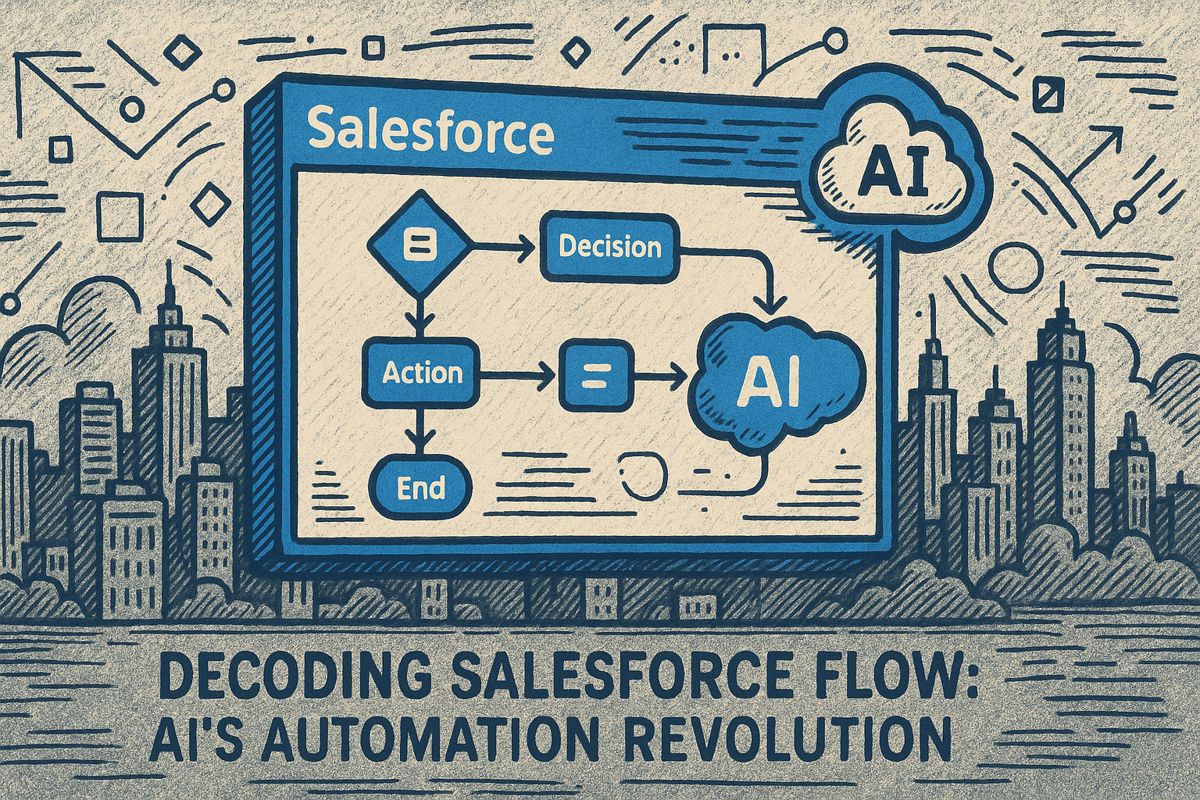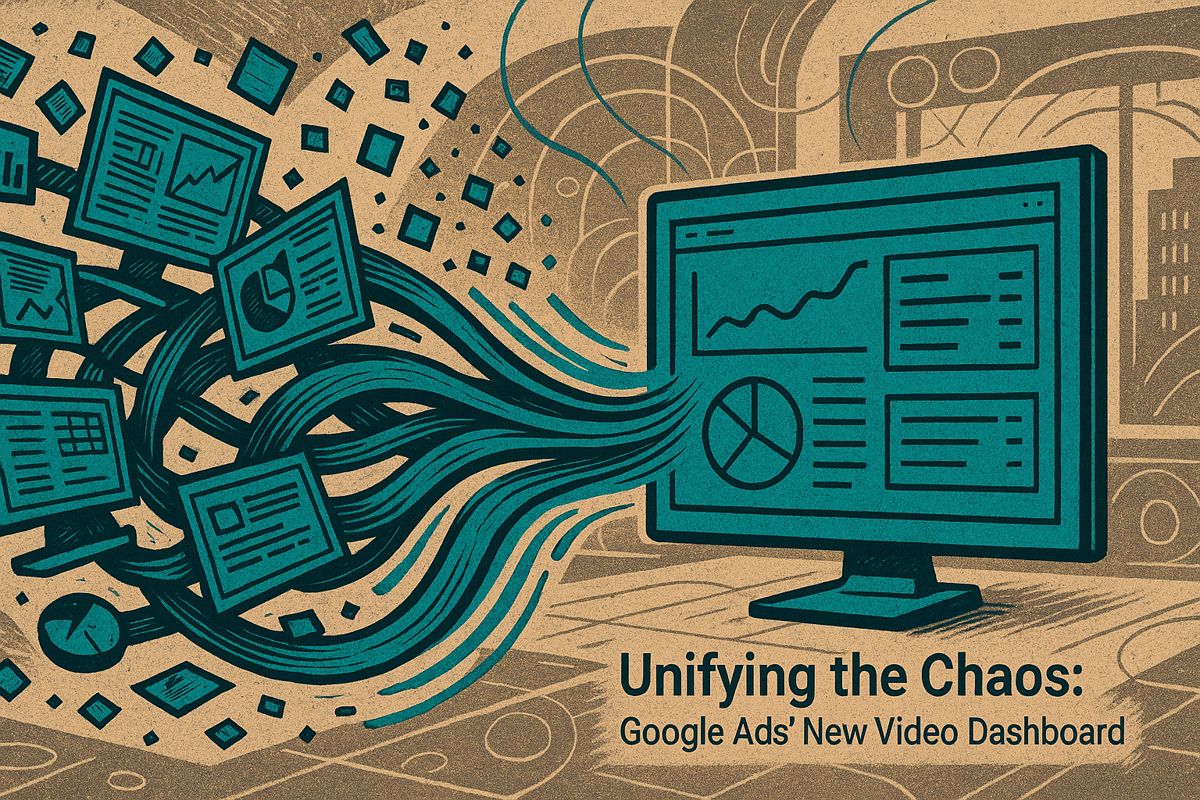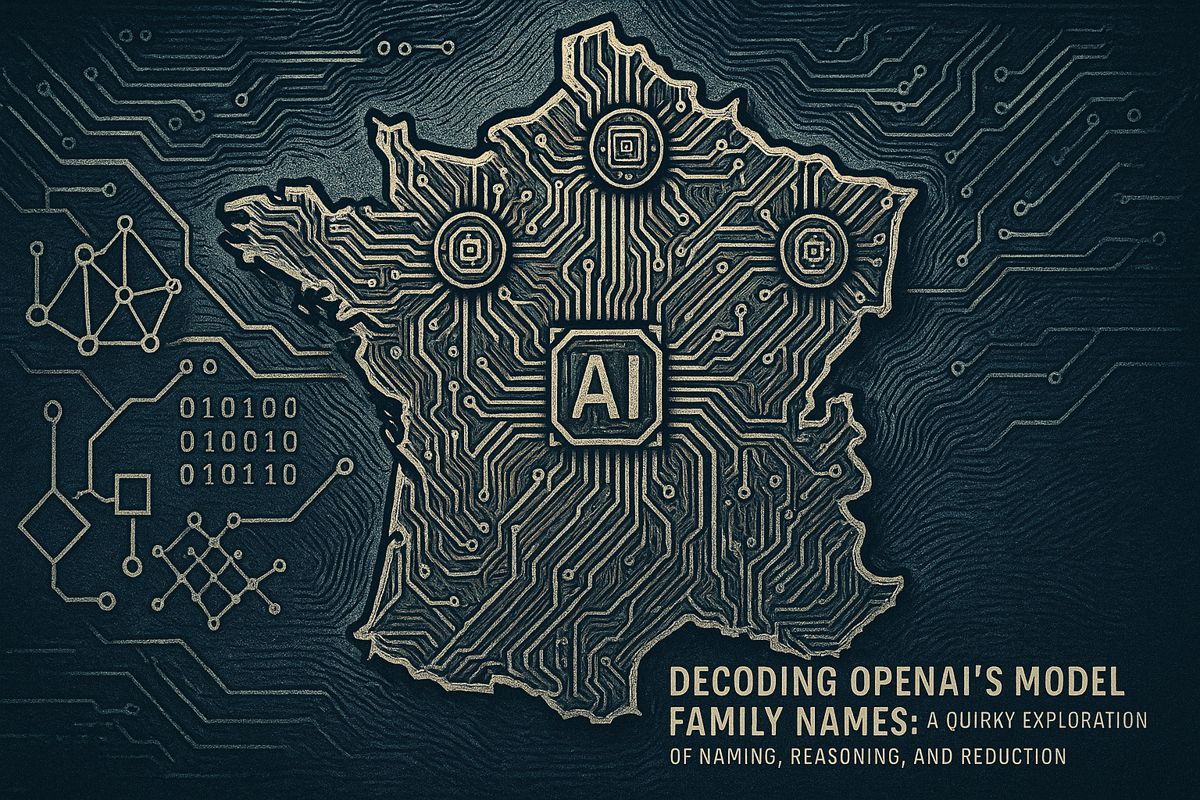Here’s the text with the most important phrase in bold markdown:
Together Compute has created an open-source AI agent that can autonomously handle entire data science workflows, from data ingestion to model training. This powerful tool generates runnable Python code and mimics human reasoning, allowing developers worldwide to streamline complex data tasks. The agent can load datasets, clean data, train models, and create visualizations, transforming the traditional data science process. By automating routine tasks, it enables data scientists to focus on higher-level strategy and interpretation. This breakthrough represents a significant shift in how data science work is approached, offering a collaborative approach between human expertise and artificial intelligence.
What is Together Compute’s New Open-Source AI Agent for Data Science?
Together Compute has developed an autonomous AI agent that can handle entire data science workflows, including data ingestion, cleaning, model training, and visualization, using runnable Python code and reasoning capabilities similar to human data scientists – all while being open-source and accessible to global developers.
Memories of Pandas, Mayhem, and the Rise of an Assistant
It’s almost surreal. Just days ago, I watched a brief Twitter clip: Together Compute unveiling their open-source AI agent for data science. Instantly, I was whisked back to my own marathon sessions wrestling with pandas DataFrames – the stubborn kind that refuse to merge, even when you’re sure you’ve checked every column twice. The scent of burnt coffee and the sharp tap of keys still haunt me. If you’ve worn the janitor’s gloves (masked as data scientist on your contract), you’ll know the grind isn’t poetic – it’s just real.
But here’s the twist: Together Compute’s creation doesn’t just automate a step or two. It lumbers through the entire workflow, from data ingestion to model retraining, like some tireless golem that refuses to clock out. I once felt like a sorcerer the first time I filled missing values automatically – little did I know, I was just tinkering with fireflies, not commanding lightning. Now, an agent can sketch out the whole blueprint, reason through tasks, and execute with a tenacity I’d only expect from a veteran who’s survived 300 Jupyter notebooks.
The specifics are tangible, too. This isn’t another vaporous “AI revolution.” Together Compute’s tool autonomously devours datasets, spits out functional Python, retrains models, and draws visualizations – not just randomly, but with a deliberate process. It’s open-source, propped up by NVIDIA GPUs and a custom software stack, and is already drawing parallels to Fractal’s Arya, Snowflake’s latest experiments, and the innovations brewing at Acceldata. There’s an unmistakable energy in the air, like static before a thunderstorm.
Reasoning Like a Human (Or At Least Pretending Very Well)
What does “reasoning capabilities similar to human data scientists” actually mean? I catch myself pausing here, a pinch skeptical, maybe even a bit amused. The phrase lingers. In practice, the agent decomposes amorphous problems: where are the gremlins in this data, which algorithms should I try, what metrics matter? It’s the dance we do – code, intuition, a mad scramble through Stack Overflow. Now, that ballet is being attempted by an unblinking machine.
Picture it: the agent as an insomniac intern, crunching through the night while you sleep (or doomscroll). It’s not about replacing your gut feeling for a suspicious outlier, or your hunch that Feature_42 is the real prize. Rather, the agent hoists the heavy buckets – data loading, cleaning, basic EDA, scaffolding models – so you can focus on the strategy. There’s a certain relief in that, like realizing the dishes will wash themselves for once.
When it comes to code, the agent doesn’t spit out pseudocode poetry. It churns out runnable Python, the kind you can prod, poke, and prod again. There’s almost a tactile satisfaction in seeing scaffolding appear for your project, as if someone laid the foundations while you blinked. Of course, that doesn’t mean the code is perfect – how many times have I found myself fixing the same five bugs on repeat? Still, it’s progress, and it almost feels like magic. Almost.
Community, Competition, and the Real-World Stakes
Open-source distribution changes the calculus. We’re no longer waiting for a finance committee to approve another costly SaaS subscription. Anyone – from grad students in Nairobi to scrappy devs in Chiang Mai coffee shops (สวัสดีครับ) – can dive in. The project becomes a living thing, shaped by the global community’s collective curiosity and, let’s be honest, the occasional bug-fueled panic.
In the wider industry, the ripples are visible. Snowflake and Fractal Arya are already integrating agentic AI into their platforms. Acceldata, meanwhile, is orchestrating their pipelines with similar agents. It’s clear companies are weary of endless hand-tuning; they want workflows that feel more like jazz improvisation, less like bricklaying. Recent research from MIT (I blinked twice at the chart) suggests that hybrid teams of humans and AI actually outperform either alone. Surprising? Maybe. Encouraging? Certainly.
The proof is in the competition: Arya and its kin have entered Kaggle, holding their own against human teams. If you’ve ever sweated through a Kaggle deadline, you’ll feel a pang of recognition and, perhaps, a sliver of dread. These agents aren’t just theory – they’re participating, and sometimes even winning. That’s not the future; it’s now.
Redefining Roles: From Bricklayer to Architect
So what’s left for us? The psychological gears keep turning. With the rote labor delegated, our attention pivots toward interpretation, validation, and – ironically – teaching the AI where it still fumbles. The role morphs: less keyboard marathon, more judicious oversight. I have to admit, I once assumed automation would make my work irrelevant. Turns out, it just made my judgment more valuable.
If I’m honest, there’s excitement at the heart of this – and a little trepidation. The agent feels like a partner, not a usurper, as it tackles the tedious and clears space for curiosity. My screens have never felt quieter, and the hum of possibility is almost audible.
Who knows? Maybe in a year, these tools will suggest solutions to business problems we haven’t even imagined. If you want to explore, visit Together AI or peek at the Fractal Arya project.

